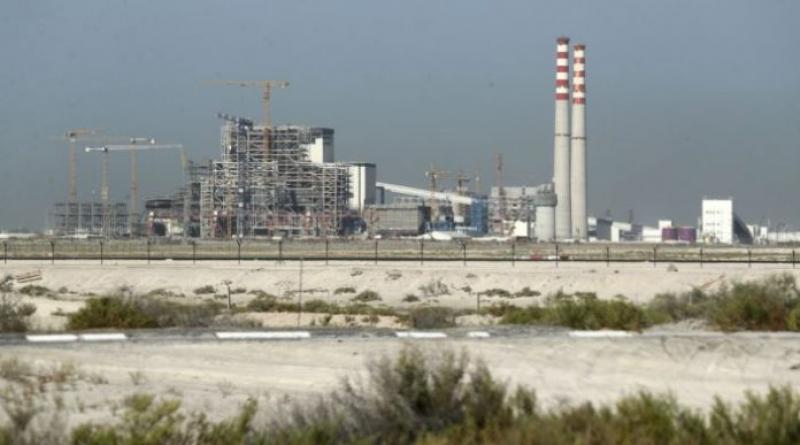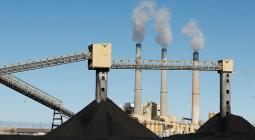Dubai unveils plans to construct Coal-Fired Power Plant.

In the southern desert of Dubai in the UAE, a new wonder is rising but it’s not another skyscraper as the region is famed for, instead, a coal-fired power plant is underway. The construction of the $3.4 billion Hassyan coal-fired power plant in Dubai appears puzzling, as the United Arab Emirates hosts the headquarters of the International Renewable Energy Agency. It’s also building the peninsula’s first nuclear power plant and endlessly promotes its vast solar-power plant named after Dubai’s ruler. Dubai has also set the lofty goal of having the world’s lowest carbon footprint in the world by 2050 something that would be impacted by burning coal.
The coal plant’s arrival comes as Gulf Arab nations remain among the world’s hungriest for energy and amid political concerns over the use of natural gas imported from abroad, concerns underscored by a dispute that’s lasted over one year with gas-producer Qatar, which has boycotted by four Arab nations, including the UAE. Dubai, a one-time pearling port, first had an electrical power company in 1961, some 10 years before it would join others to form the United Arab Emirates. The Hassyan power plant is being built in part by China, which describes the plant as a “major engineering project of the Belt and Road Initiative,” a project which seeks to expand its influence in Africa and Asia. China anticipates that the plant, which has General Electric Co. involved in its construction, will meet 20% of Dubai’s electrical demand.
But its construction comes as the world is warming, mainly due to rising levels of carbon dioxide and other greenhouse gases in the atmosphere, according to the vast majority of peer-reviewed studies, science organizations, and climate scientists. By far, most of the increase in temperature is the result of human activity, which includes burning coal, oil, and natural gas. Those warming temperatures fuel extreme weather, such as powerful storms.
26 October 2020
CR



